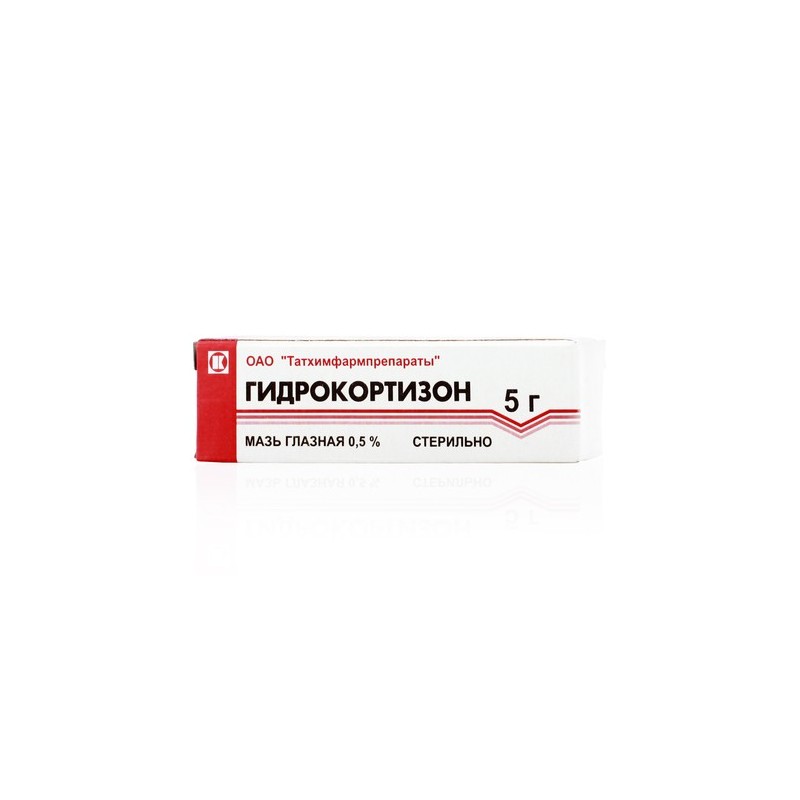

#HYDROCORTISONE CREAM 0.5 SKIN#
Signs and symptoms of methemoglobinemia may occur immediately or may be delayed some hours after exposure and are characterized by a cyanotic skin discoloration and abnormal coloration of the blood. If local anesthetics must be used in these patients, close monitoring for symptoms and signs of methemoglobinemia is recommended. Although all patients are at risk for methemoglobinemia, patients with glucose-6-phosphate dehydrogenase deficiency, congenital or idiopathic methemoglobinemia, cardiac or pulmonary compromise, infants under 6 months of age, and concurrent exposure to oxidizing agents or their metabolites are more susceptible to developing clinical manifestations of the condition. Keep product, moist wipes and applicators out of the reach of children.Ĭases of methemoglobinemia have been reported in association with local anesthetic use. Product, applicators and moist wipes could harm small children if chewed or swallowed. Some of the topical corticosteroids and their metabolites are also excreted into the bile.įor external use only. Corticosteroids are metabolized primarily in the liver and are then excreted by the kidneys. Corticosteroids are bound to plasma protein in varying degrees. Once absorbed through the skin, topical corticosteroids are handled through pharmacokinetic pathways similar to systemically administered corticosteroids. Thus, occlusive dressings may be a valuable therapeutic adjunct for treatment of resistant dermatoses. Occlusive dressings substantially increase the percutaneous absorption of topical corticosteroids. Inflammation and/or other disease processes in the skin increase percutaneous absorption. Topical corticosteroids can be absorbed from normal intact skin. The extent of percutaneous absorption of topical corticosteroids is determined by many factors including the vehicle, the integrity of the epidermal barrier, and the use of occlusive dressings. In the rhesus monkey arterial blood levels of 18-21 g/mL have been shown to be threshold for convulsive activity.
#HYDROCORTISONE CREAM 0.5 FREE#
Objective adverse manifestations become increasingly apparent with increasing venous plasma levels above 6 g free base per mL. Factors such as acidosis and the use of CNS stimulants and depressants affect the CNS levels of lidocaine required to produce overt systemic effects. Renal dysfunction does not affect lidocaine kinetics but may increase the accumulation of metabolites. The half-life may be prolonged two-fold or more in patients with liver dysfunction. Because of the rapid rate at which lidocaine is metabolized, any condition that affects liver function may alter lidocaine kinetics. Studies of lidocaine metabolism following intravenous bolus injections have shown that the elimination half-life of this agent is typically 1.5 to 2 hours.

Lidocaine crosses the blood-brain and placental barriers, presumably by passive diffusion. Binding is also dependent on the plasma concentration of the alpha-1-acid glycoprotein. At concentrations of 1 to 4 g of free base per mL, 60 to 80 percent of lidocaine is protein bound. The plasma binding of lidocaine is dependent on drug concentration, and the fraction bound decreases with increasing concentration. The primary metabolite in urine is a conjugate of 4-hydroxy-2, 6-dimethylaniline. Approximately 90% of lidocaine administered is excreted in the form of various metabolites, and less than 10% is excreted unchanged. The pharmacological/toxicological actions of these metabolites are, similar to but less potent than, those of lidocaine. N-dealkylation, a major pathway of biotransformation, yields the metabolites monoethylglycinexylidide and glycinexylidide. Biotransformation includes oxidative N-dealkylation, ring hydroxylation, cleavage of the amide linkage, and conjugation. Lidocaine is metabolized rapidly by the liver, and metabolites and unchanged drug are excreted by the kidneys. Lidocaine is also well-absorbed from the gastrointestinal tract, but little intact drug appears in the circulation because of biotransformation in the liver. In general, the rate of absorption of local anesthetic agents following topical application occurs most rapidly after intratracheal administration. Lidocaine may be absorbed following topical administration to mucous membranes, its rate and extent of absorption depending upon the specific site of application, duration of exposure, concentration, and total dosage.


 0 kommentar(er)
0 kommentar(er)
